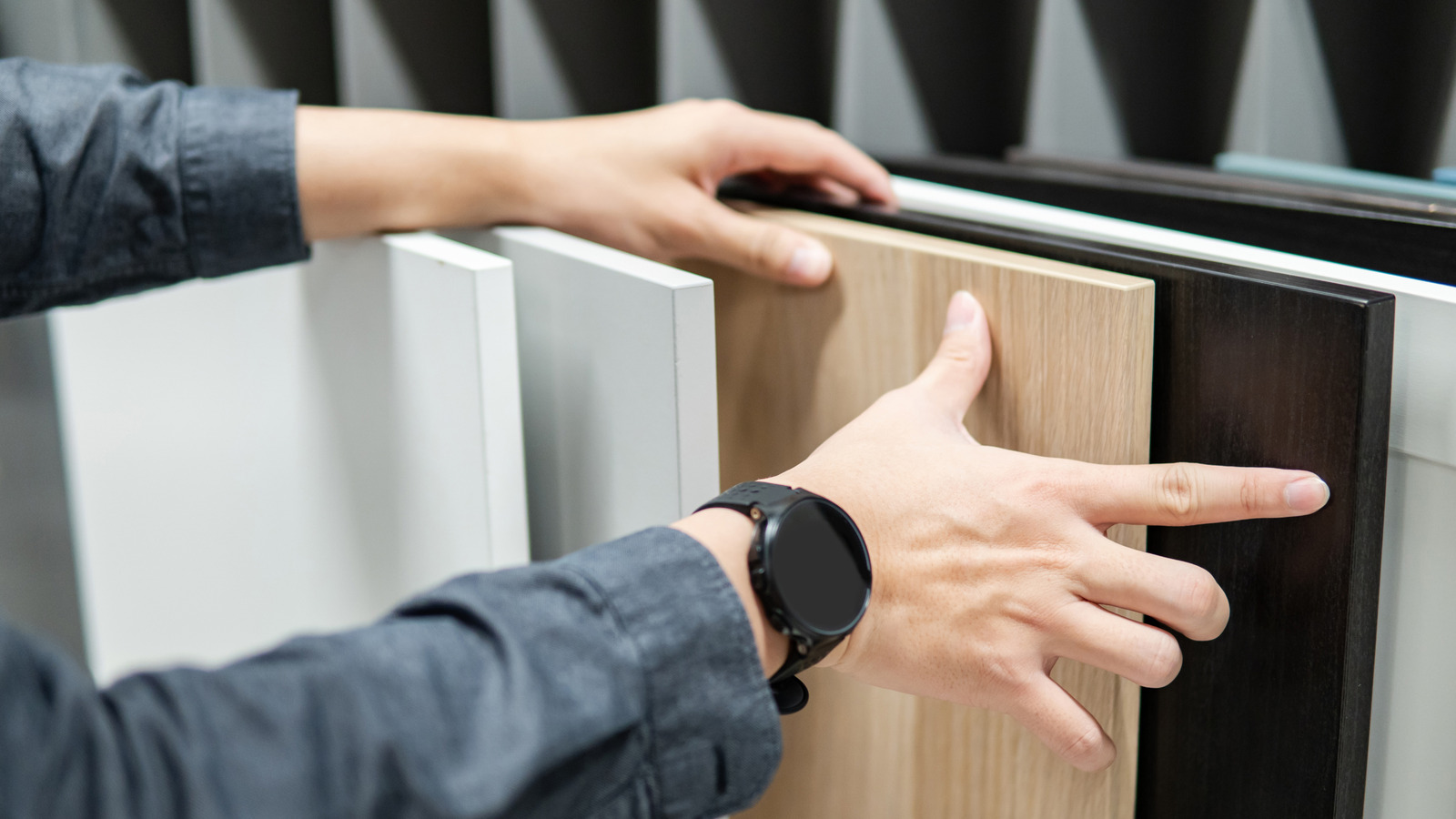
"Cheap thermofoil cabinets are constructed from a core of engineered wood, typically MDF. This wood is covered with a thin, flexible vinyl film that is heated and applied with a vacuum. While this creates a smooth surface that mimics the appearance of natural wood or paint (they're an affordable alternative to natural wood cabinets), thermofoil cabinets are not built to last."
"Notably, thermofoil cabinets are not resistant to heat or steam and may become discolored with age. Although they are touted for being moisture-resistant, MDF is not completely waterproof. This means that your cabinets may blister, bubble, or develop mold or mildew if you live in a humid environment. Thermofoil cabinets are also prone to chipping, cracking, and peeling, which will make them look outdated before their time. Even with proper maintenance, they will not last as long as other cabinet materials, like natural wood."
Kitchen cabinets often represent the most expensive part of a remodel, so material and durability matter. Many budget-friendly cabinets use particleboard or MDF rather than solid wood. Thermofoil cabinets consist of an engineered wood core, typically MDF, wrapped in a heated vinyl film to create a smooth, woodlike finish. Thermofoil is not heat- or steam-resistant and can discolor, blister, bubble, or develop mold in humid conditions. The material is prone to chipping, cracking, and peeling and generally does not last as long as natural wood. Thermofoil is also made from nonrenewable materials and offers limited color and finish options.
Read at Tasting Table
Unable to calculate read time
Collection
[
|
...
]